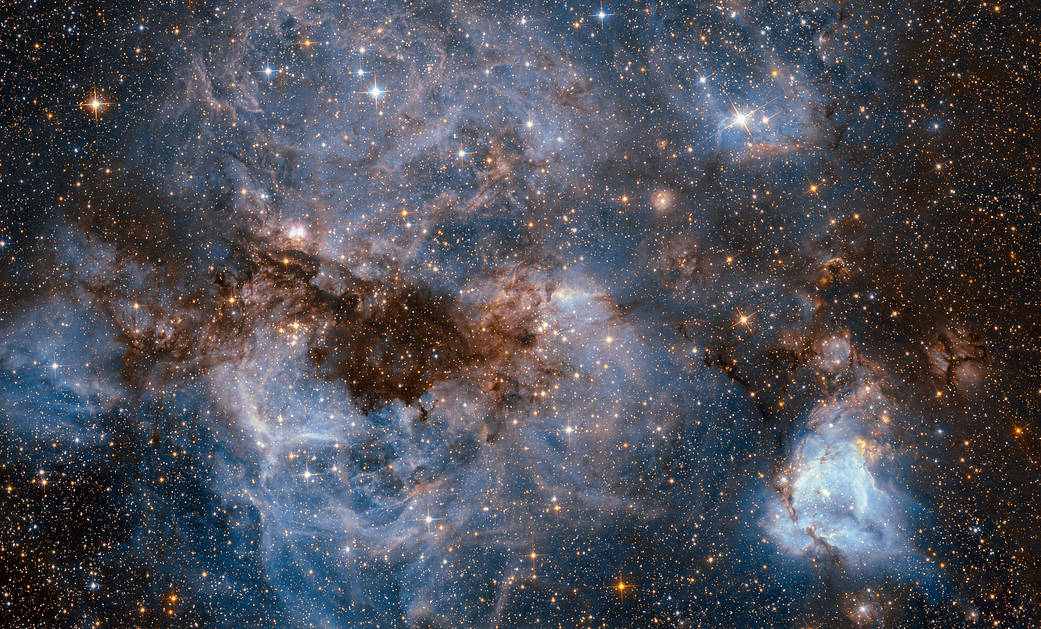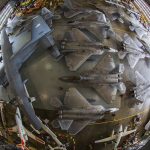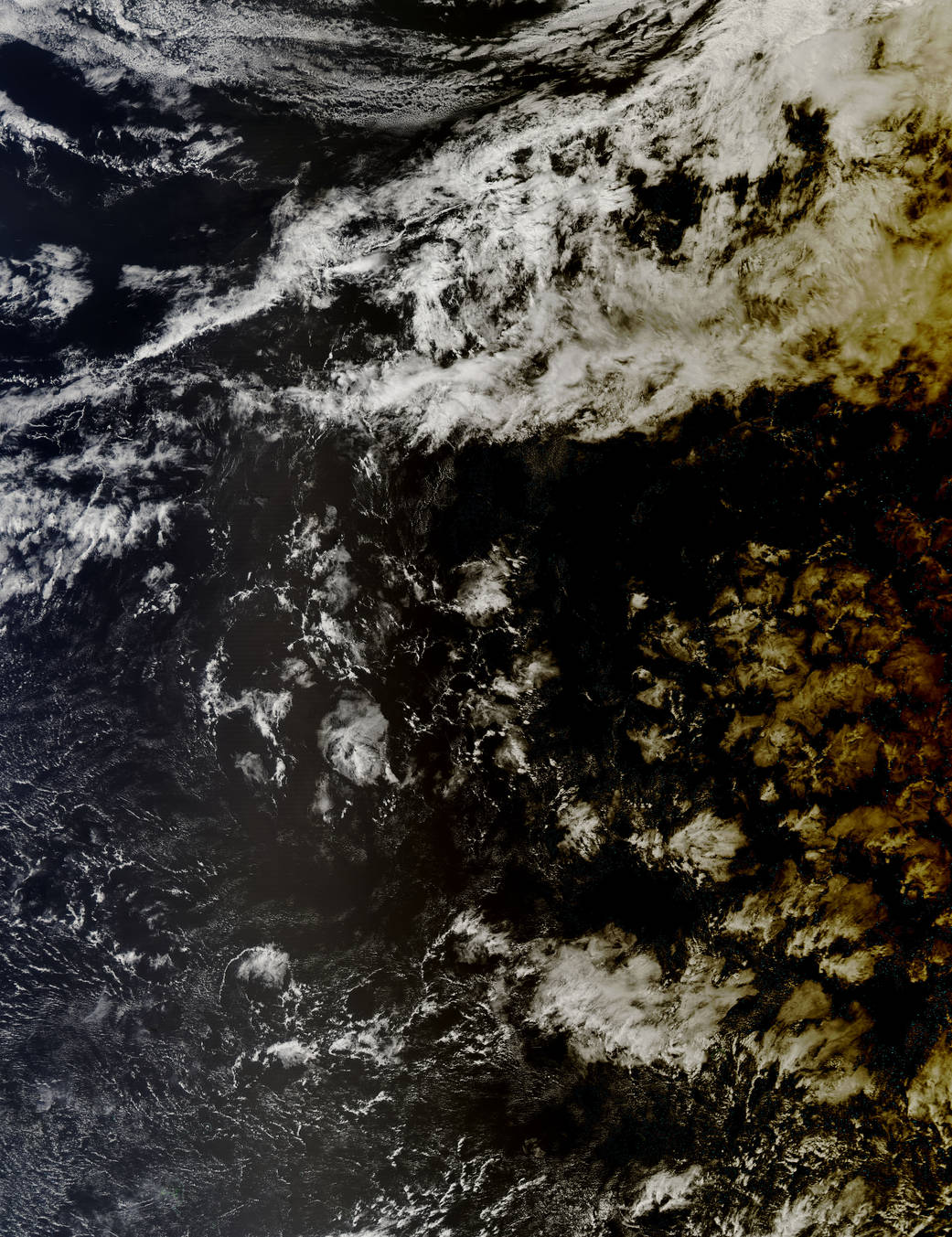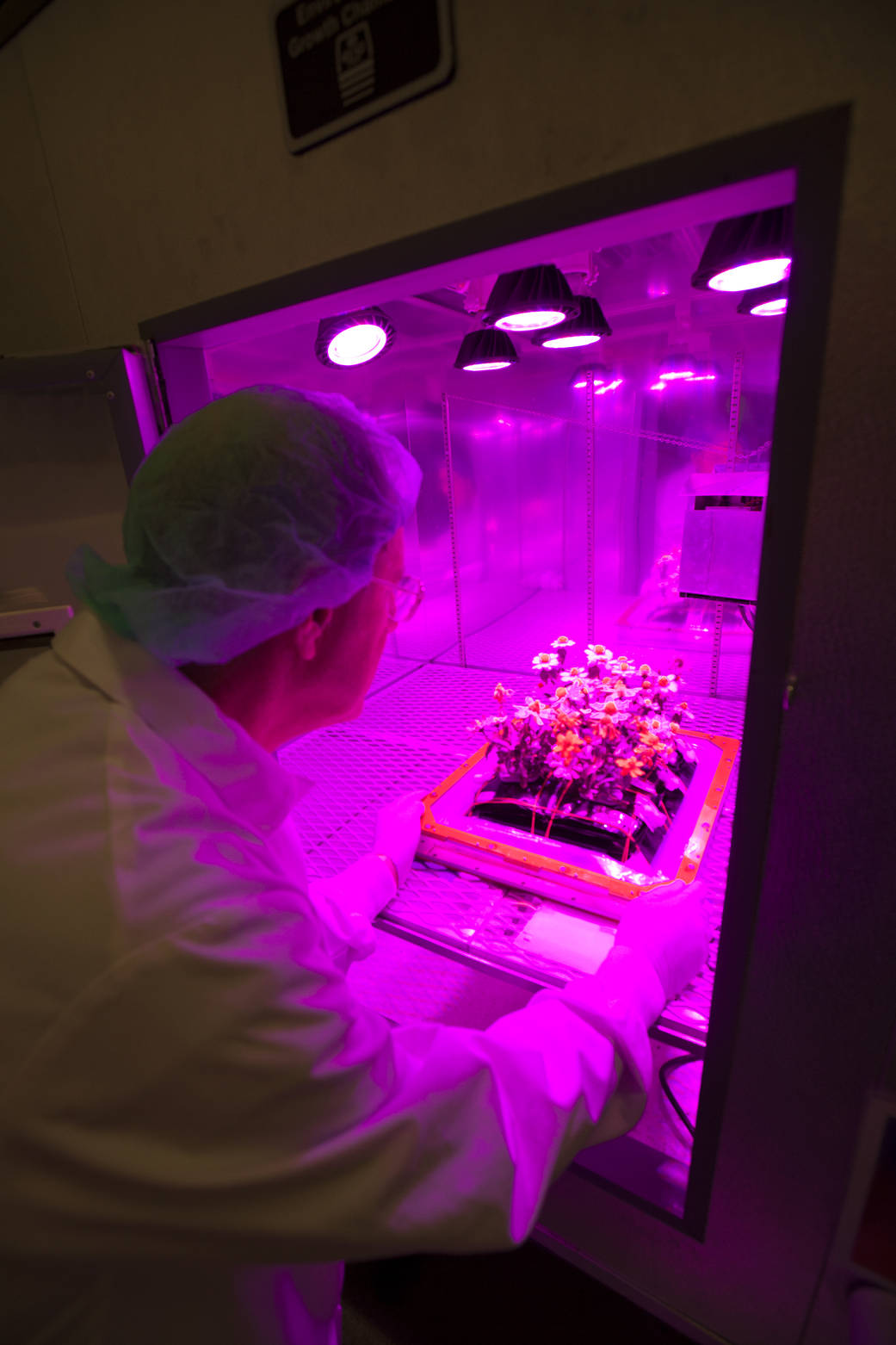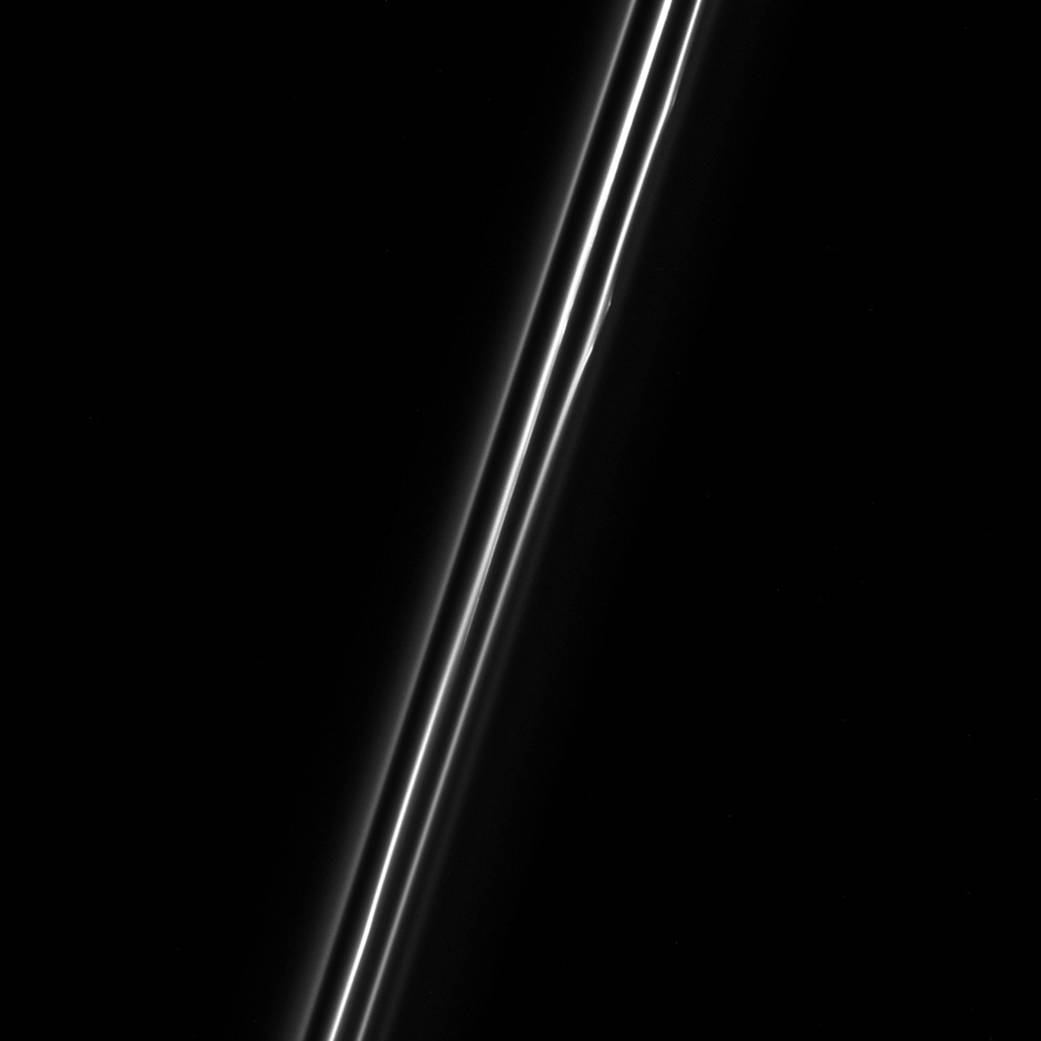オリジナル記事:Hubble Peers into the Storm
This shot from the NASA/ESA Hubble Space Telescope shows a maelstrom of glowing gas and dark dust within one of the Milky Way’s satellite galaxies, the Large Magellanic Cloud (LMC).
This stormy scene shows a stellar nursery known as N159, an HII region over 150 light-years across. N159 contains many hot young stars. These stars are emitting intense ultraviolet light, which causes nearby hydrogen gas to glow, and torrential stellar winds, which are carving out ridges, arcs, and filaments from the surrounding material.
Image credit: ESA/Hubble & NASA
Text credit: European Space AgencyLast Updated: Sept. 9, 2016
Editor: Karl Hille
ハッブル宇宙望遠鏡が嵐の中に見たもの
NASA / ESAのハッブル宇宙望遠鏡から見たこの画像は、天の川にある大マゼラン星雲(LMC)の輝くガスと暗いダストが渦巻く様子をとらえています。
この嵐のようにみえる部分は、150光年以上の広さがあるHII領域で、N159として知られる星のゆりかごです。N159には、多くの熱い若い星があります。これらの星は、強い紫外線を放出し、近傍から水素ガスを噴出させ、曲がったり、弧を描いたり、切り裂くように、星が土砂降りのように降り注いでいます。
訳者注
この画像はハッブル宇宙望遠鏡の新型カメラで撮影されたものです。N159は以前にも撮影されていて、その時の画像がこちら:
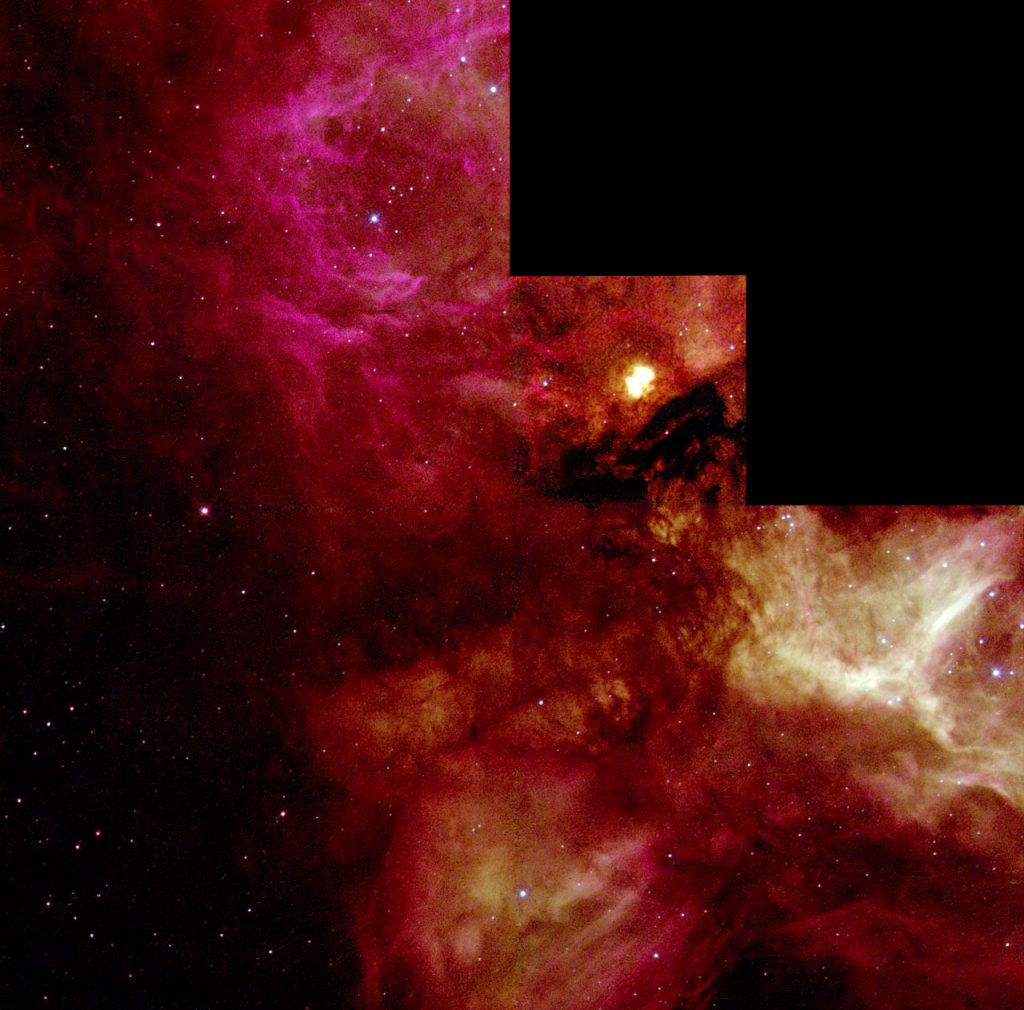
A NASA/ESA Hubble Space Telescope view of a turbulent cauldron of starbirth, called N159, taking place 170,000 light-years away in our satellite galaxy, the Large Magellanic Cloud (LMC). Torrential stellar winds from hot newborn massive stars within the nebula sculpt ridges, arcs, and filaments in the vast cloud, which is over 150 light-years across.
アンチエイジングプラス30パッチ (Anti-Aging Plus) 【パッチMD社製】
